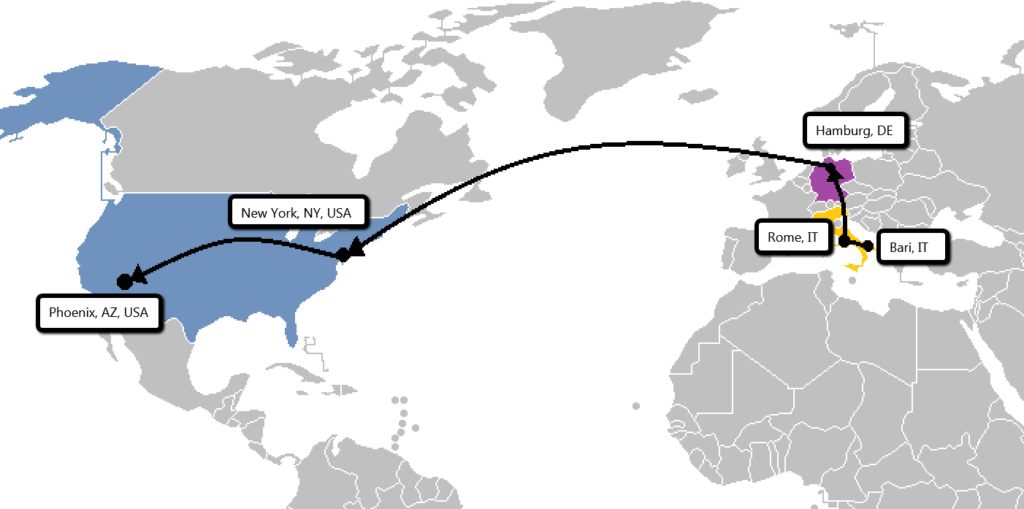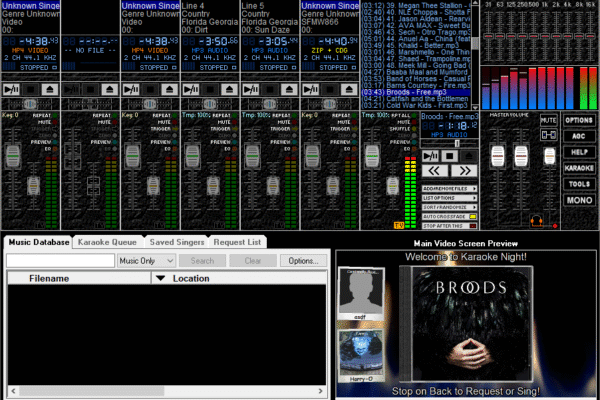The Fundamentals of DNS Resolution: Key Lessons for Network Administrators

The internet is built on a foundation of complex systems, yet many of them operate invisibly behind the scenes. One such system is DNS resolution, a critical process that ensures users can access websites using human-readable domain names instead of IP addresses. For network administrators, a clear understanding of DNS resolution is vital for maintaining network performance, security, and troubleshooting efficiency. This article explores the key concepts of DNS resolution and what every network administrator needs to know.
What is DNS Resolution?
DNS resolution is the process of translating a domain name, such as example.com, into an IP address that computers use to communicate with each other. The Domain Name System (DNS) functions like a global phonebook, allowing users to access websites using easy-to-remember names instead of numerical IP addresses.
When a user types a domain into their browser, their system begins the DNS resolution process. This process involves multiple components, including DNS resolvers, root servers, top-level domain (TLD) servers, and authoritative DNS servers.
Why DNS Resolution Matters
Without DNS resolution, the internet would become nearly impossible to navigate for the average user. From a network administrator’s perspective, understanding DNS resolution is essential for:
- Ensuring fast and reliable web access
- Troubleshooting connectivity issues
- Implementing network security measures
- Monitoring and optimizing network performance
Poor DNS performance can lead to slow webpage loading times, service disruptions, and even exposure to malicious attacks such as DNS spoofing or cache poisoning.
Step-by-Step Process of DNS Resolution
DNS resolution is not a single step but a sequence of queries and responses. Here’s how it typically unfolds:
1. User Request
The DNS resolution process begins when a user enters a domain name in a web browser. The browser sends a request to the local operating system to resolve the domain name into an IP address.
2. Local Cache Check
The operating system first checks its DNS cache to see if it already knows the IP address. If the IP is found in the cache and it’s still valid, the process ends here, and the browser uses the cached IP address.
3. Query to Recursive Resolver
If the IP address is not in the local cache, the query is forwarded to a recursive DNS resolver—usually provided by the user’s ISP or a public resolver like Google (8.8.8.8) or Cloudflare (1.1.1.1).
4. Root Server Lookup
The recursive resolver then queries one of the DNS root servers. The root server doesn’t know the exact IP address but can direct the resolver to the appropriate TLD server (e.g., .com, .net, .org).
5. TLD Server Query
Next, the recursive resolver contacts the TLD server associated with the domain. The TLD server provides the address of the authoritative DNS server for the domain in question.
6. Authoritative DNS Server Response
The recursive resolver sends a query to the authoritative DNS server, which has the actual IP address of the requested domain. The authoritative server responds with the IP address.
7. Final Delivery
The recursive resolver returns the IP address to the user’s operating system, which then passes it to the browser. The browser uses this IP to send an HTTP or HTTPS request to the web server hosting the site.
8. Caching
To speed up future requests, the resolved IP address is stored in both the local and recursive resolver’s cache. The duration of storage depends on the Time to Live (TTL) settings configured on the authoritative DNS server.
Key Components Involved in DNS Resolution
Understanding the roles of different DNS components is crucial for network administrators.
Recursive Resolver
Acts as an intermediary that queries multiple DNS servers to resolve the domain name on behalf of the user. It also caches results to improve performance.
Root Name Servers
There are 13 sets of root servers labeled A through M. These servers provide referrals to TLD servers and are the starting point of all DNS lookups beyond the local cache.
Top-Level Domain Servers
These servers handle domain extensions like .com, .org, .net, etc. They guide the recursive resolver to the authoritative server for the specific domain.
Authoritative DNS Servers
These servers contain the DNS records for a specific domain. They provide definitive answers to queries about their domain and are managed by the domain owner or a DNS hosting provider.
DNS Record Types
Several DNS record types play a role in the resolution process. Some of the most common include:
- A (Address) Record: Maps a domain to an IPv4 address.
- AAAA Record: Maps a domain to an IPv6 address.
- CNAME (Canonical Name) Record: Points a domain to another domain name.
- MX (Mail Exchange) Record: Specifies mail servers for email delivery.
- NS (Name Server) Record: Indicates which servers are authoritative for a domain.
- TXT Record: Contains text data, often used for SPF or domain verification.
Common DNS Issues and Troubleshooting Tips
Network administrators often face issues related to DNS resolution. Knowing how to diagnose and resolve these problems is key to ensuring uninterrupted network services.
Slow DNS Resolution
If websites load slowly, the DNS resolver may be inefficient or overloaded. Switching to a faster public resolver like Cloudflare or Google DNS can help.
DNS Cache Poisoning
Malicious actors can corrupt the cache of a recursive resolver, redirecting users to harmful sites. Using DNSSEC (DNS Security Extensions) can mitigate these risks by verifying DNS data integrity.
Non-Responsive DNS Servers
If a DNS server is down or misconfigured, it can lead to failed lookups. Monitoring tools and alerts can help administrators react promptly.
Propagation Delays
When DNS records are updated, changes take time to propagate due to caching. Adjusting TTL settings appropriately can help manage these delays.
DNS Best Practices for Network Administrators
To maintain optimal DNS resolution and network performance, network administrators should consider the following best practices:
- Use Reliable DNS Providers: Choose reputable DNS services that offer high uptime and speed.
- Implement Redundancy: Configure multiple DNS servers for failover support.
- Monitor DNS Traffic: Use tools to detect anomalies and potential threats.
- Enable DNSSEC: Enhance security by protecting against spoofing and tampering.
- Keep Records Updated: Regularly review and update DNS records to avoid stale data.
- Control TTL Values: Set appropriate TTL values to balance performance and propagation delays.
The Future of DNS Resolution
As the internet evolves, so does DNS resolution. Technologies such as DNS-over-HTTPS (DoH) and DNS-over-TLS (DoT) are becoming more widespread, encrypting DNS queries to enhance privacy and security.
These advancements mean network administrators must adapt to new protocols and tools while maintaining a clear understanding of traditional DNS processes.
Conclusion
DNS resolution is a fundamental yet often overlooked aspect of internet functionality. For network administrators, mastering the concepts behind DNS resolution is critical for ensuring seamless connectivity, performance, and security. From understanding how recursive resolvers work to implementing advanced security features like DNSSEC, staying informed about DNS processes empowers administrators to keep networks running smoothly in an increasingly digital world.


